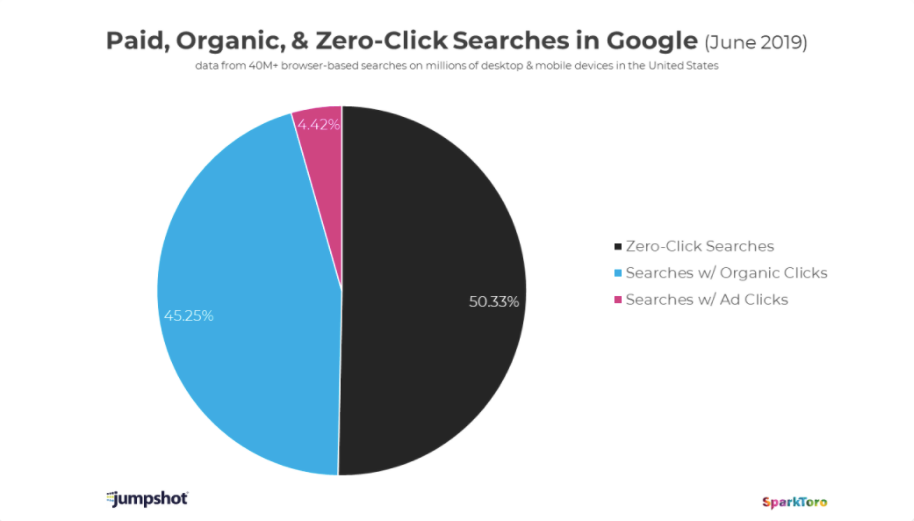SEM Strategy: PPC vs. SEO — What’s the Difference and Which is Best for My Company?
Search engine optimization (SEO) and pay-per-click marketing (PPC) are two varieties of search engine marketing (SEM): a digital marketing practice that centers on promoting a brand in search results.
The difference between SEO and PPC comes down to how and where a target audience finds your brand in search. Deciding which is right for your company, or which to start with, depends on your budget, timeframe, and market.
For the marketing manager or decision-maker, the question of how to allocate a limited budget never ends. SEO and PPC both represent a lot of opportunity, as well as risk.
Making the right decision for your brand means understanding exactly what SEO and PPC are, what they require, what they offer, and what risks come with each. With a clear view of the options, you can set and adjust strategies with confidence.
|
Modern SEO |
PPC |
|
|
Initial budget |
Larger up-front investment |
Can start large or small |
|
Ongoing budget |
Scalable |
Scalable |
|
Return |
ROI grows over time |
ROI remains flat |
|
Potential for immediate traffic |
None |
Yes, depending on investment |
|
Potential for long-term traffic |
Yes, cost decreasing over time |
Yes, cost flat or increasing over time |
|
SERP location |
Organic listings appear at the top or middle of the SERP |
Paid ads appear at the top or bottom of the SERP |
|
CTR |
45% of users click an organic result |
5% of users click on an organic result |
What is SEO (Search Engine Optimization)?
SEO is a digital marketing discipline that aims to help a website earn a greater volume of relevant visits from the unpaid, “organic,” results provided by search engines. Organic search results are the “normal” snippets on search engine results pages (SERPs).
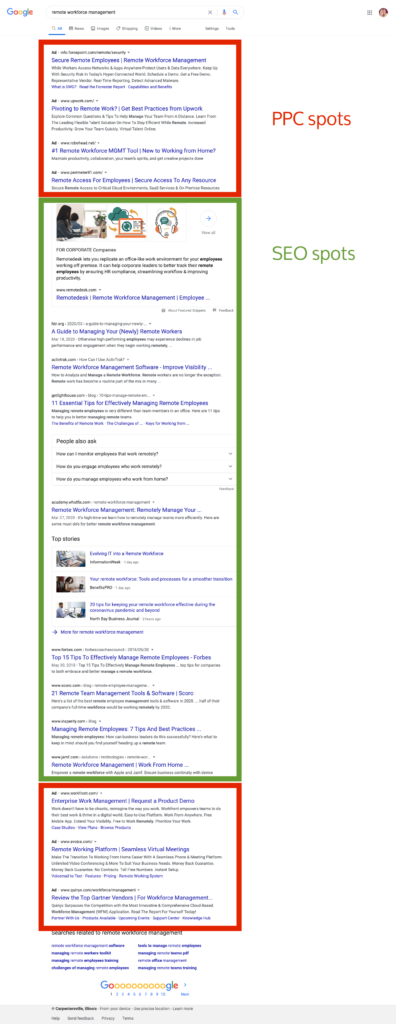
Traffic from organic snippets is often called “free” traffic, because it was not directly paid for, as traffic from PPC ads is, but marketers know it’s anything but free. Getting a brand’s content to appear in the organic results on the first page of Google’s search results (preferably in the top three spots) is no easy task.
The modern practice of SEO relies on technical foundations and then focuses providing best-in-class content by understanding how the target audience is using organic search and how competitors are currently winning (so you can beat them).
What is PPC (Pay-Per-Click) Marketing?
Pay-per-click marketing is online ads—including search engine, social media, Google, or display ads on Google partner sites. PPC is most commonly associated with Google Ads.
PPC ads are targeted directly at a target audience using demographic and location data. Google Ads appear at the top and/or bottom of SERPs, and are labeled with a small “Ad” icon. When a visitor clicks the ad, they are directly routed to a webpage.
The advertiser sets a budget in advance, then pays for each click. How much is spent, and how much each click costs, depends on a list of factors including demand for the space, keyword volume, etc. Getting an ad higher on the SERP simply means paying more.
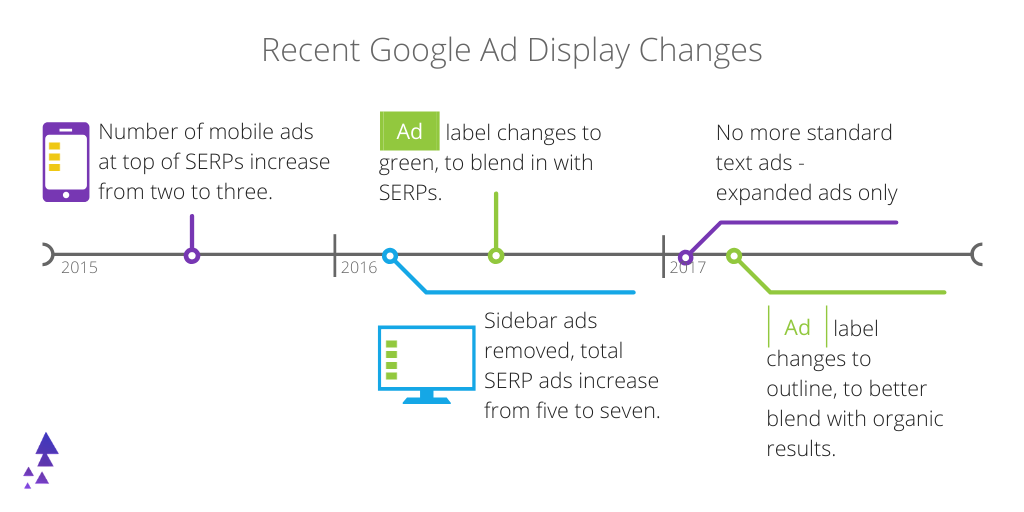
SEO vs. PPC: Detailing the Difference
The main differences between modern search engine optimization (SEO) and pay-per-click (PPC) marketing are costs, potential, and structure.
SEO vs. PPC: Cost
A modern SEO project invests in website improvements and content creation. A PPC campaign purchases ad spots. The cost for both can scale based on the company’s goals.
SEO costs less in the long-run. Optimizing for organic search requires an up-front investment to audit the site, investigate how the target audience is using organic search, and create the very best content on the web for every important topic.
Once that work is done the website is set up to support any and all marketing efforts, and the published content starts building momentum—sending more and more qualified organic traffic to the site every month with no further investment.
PPC may cost less in the short-term. Some content may need to be designed and created, if the brand does not already have good landing pages, but most of the investment is made in designing a campaign and paying for clicks. Companies can choose to start small—bidding on cheaper search terms and setting lower budgets.
Once that is done, however, it needs to be actively maintained. Data needs to be reviewed so campaigns can be adjusted, because PPC ad bidding is just based on keywords. Most importantly: the campaign has to be consistently funded in order to drive traffic.
Both strategies can scale up or down into the future, as needed. Both will drive more traffic faster with a greater investment.
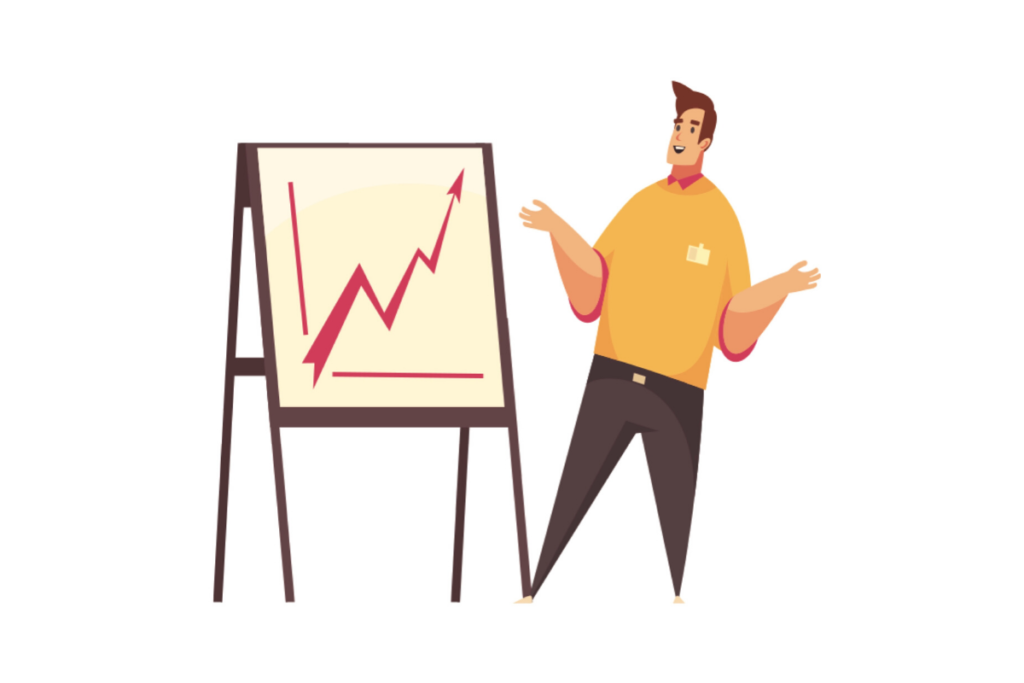
SEO vs. PPC: ROI
Comparing the ROI of SEO and PPC is a complex conversation, but there are a few factors to consider.
The ROI of a PPC campaign can be calculated more simply. The return is also limited to the duration of the campaign: Once the investment stops, the ads turn off, and the return stops.
The ROI of modern SEO constantly improves. SEO aims to drive traffic throughout the funnel, and that traffic grows over time. Determining a meaningful ROI for organic search efforts requires a longer timeframe for data collection and a more sophisticated attribution model.
Additionally, the return on SEO investment is not limited to a tight time frame. High-quality SEO work and content will continue to drive traffic, nurture leads, etc., even if the investment in SEO stops. So the ROI continues to improve over time.

SEO vs. PPC: Time-to-Start
One of the most fundamental differences between SEO and PPC is the time between investment and results.
Modern SEO starts driving traffic sometimes in weeks, more often in months. Organic rankings and traffic have to be earned, which mean a website needs to consistently create great user experiences and top-notch content. It shouldn’t take years to grow organic traffic, but it will take a few months.
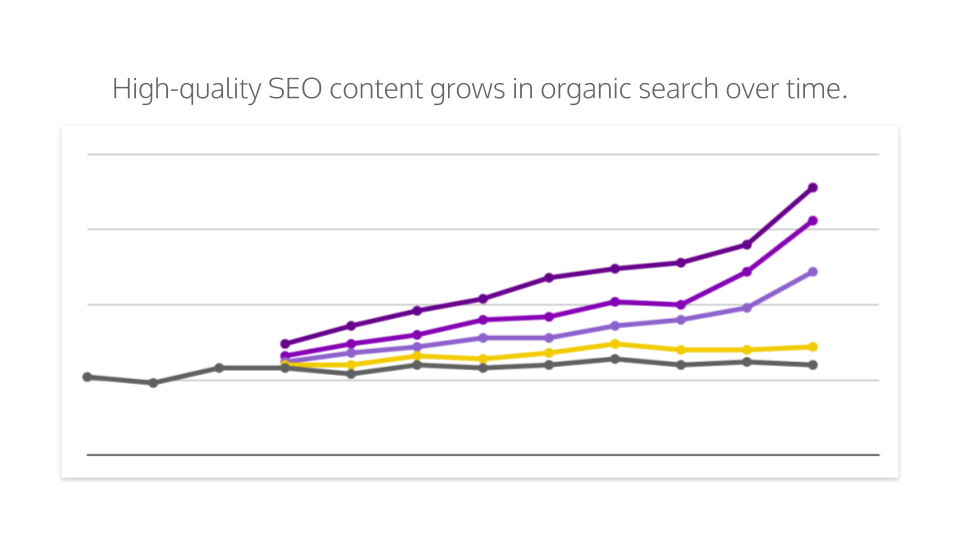
PPC starts driving traffic in days. Once the landing pages are built and the campaign is funded, the ads appear.
SEO vs. PPC: Potential
SEO and PPC also vary dramatically in their potential for driving traffic and, ultimately, revenue growth.
Modern SEO has the potential to drive unlimited growth. The foundational, technical work opens the site to succeed in any other kind of campaign, by ensuring the best user experience possible. And top-quality SEO content can continue to drive qualified organic traffic for years.
PPC has the potential to drive more immediate growth, but the structure of any paid campaign is defined by limits. The ads will stop showing when the budget limit is reached during an active campaign, and will turn off altogether when the campaign ends.
SEO vs. PPC: CTR
Related to the considerations about ROI and potential, is click thru rates.
Organic search results get about 45% of clicks on a SERP. Paid ads get about 4%.
“Zero-click searches” are those searches that result in no clicks, either because the user found the information he needed directly on the SERP or because the results were so off-base he searched another term.
SEO vs. PPC: Which is Better for My Company?
All of this means that the question of how to allocate those marketing dollars for SEO and/or PPC comes down to the company’s goals and needs.
SEO is how marketers establish the brand, build an audience, nurture leads, earn trust, and close business. It requires an up-front investment and takes time to start growing, but that momentum is then hard to stop.
If you’re making long-term plans, looking for ways to build the brand, generating new leads, or exploring ways to nurture prospects through the sales funnel, start investing in SEO.
PPC is how marketers create a big push for a new campaign or product. It can launch with a smaller initial investment and starts producing results immediately. It meets a more immediate need.
If you’re just getting started, are launching a new product, or need some immediate results, try a PPC campaign while you work on getting SEO off the ground.
SEO + PPC: How to Balance the Investment
Most marketing departments find that their needs vary and goals for different projects lend themselves to different channels. In many cases, it’s not really about ultimately choosing between SEO and PPC, but about how to balance the investment.
A new brand, product, or solution, for example, might start with an initial investment in high-quality SEO work. As content is published and starts to earn authority in organic search, some of the spend pivots to PPC to drive some initial awareness. Over time, as organic content builds momentum, the paid campaigns can be reduced and the investment pivoted back to new SEO projects.
Where brands are already heavily invested in PPC, marketers often choose to peel away a portion of the budget to invest in SEO. Those first SEO campaigns may target bottom-of-the-funnel, purchase-intent user needs in order to maintain ROI. Other times, when the company needs new leads, initial SEO work is measured by organic traffic and lead gen form fills, rather than conversions.
Filling in the Details: Benefits and Challenges of SEO and PPC
As you consider investing in SEO and/or PPC, it’s crucial to understand the benefits and challenges unique to each channel.
The Benefits of SEO
- Drives more traffic — Users click on organic search results more than ads, and organic results last longer, driving more traffic over time (which means it quickly becomes the cheapest traffic). And modern SEO drives more targeted, qualified traffic. In fact, SEO is the number one lead-generating source reported by inbound marketing professionals.
- Builds trust — More than 60% of people expect brands to “provide consumers with information they need when they need it,” and those who do earn their audience’s trust. Additionally, users say they trust organic results more than ads, so appearing in organic results builds trust with the target audience.
- Proves ROI — 73% of in-house marketers and 76% of US agencies said SEO provided excellent or good ROI.
- Increases brand authority — Winning in organic search puts the brand in a trusted position, in front of an unlimited number of prospects. The more your website appears, the more market share the brand earns.

The Challenges of SEO
- Slow start — It can take weeks or months for SEO content to earn organic traffic. SEO is in it for the long haul, but depending on your business needs, you may not have the time to wait.
- Steep competition — Organic search is a competition. It’s no longer about just “optimizing” content; it’s about creating the very best content for any need that a user brings to search.
- No guarantees — Good, modern SEO can create reliable, predictable results, but no one can guarantee top organic rankings.
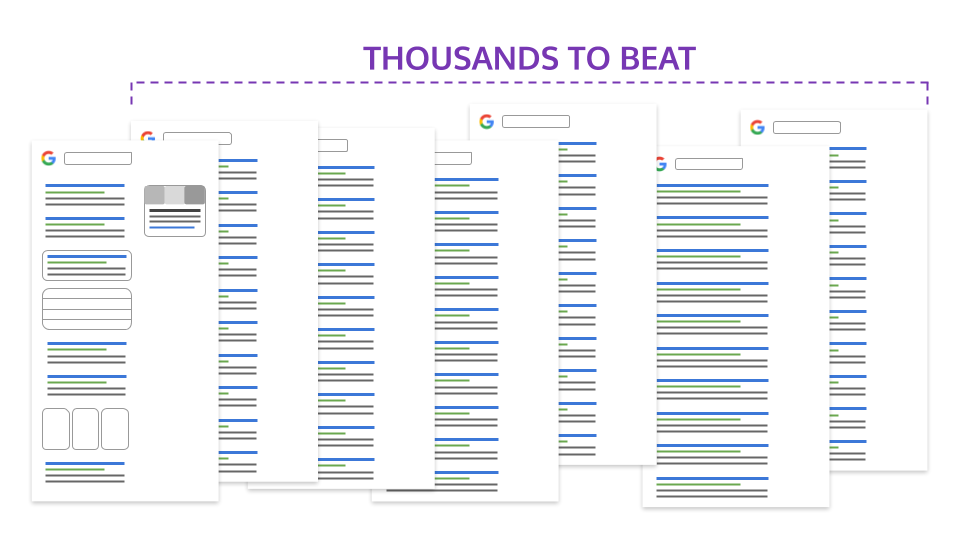
The Benefits of PPC
- Speed — PPC offers immediate gratification: Pay for the ad spot and the brand appears.
- Advanced targeting — Ads can be specifically targeted to a distinct audience using a myriad of user data, such as location, device, and a host of demographics.
- Immediate feedback — PPC offers quick results and measurement. Analysis of the results of multiple ads provides an immediate metric for future marketing.
- Access to tougher topics — PPC ads allow marketers to get exposure on competitive SERPs that would otherwise be difficult to target through organic content. Bidding on competitor keywords, for example, puts the brand on those SERPs without having to build organic content around competitor brand names.
The Challenges of PPC
- Expense — Marketers pay for every click to their website, whether it results in a conversion or not. How much each click costs depends on the Ad Auction pricing.
- Keyword-based strategies — Each time a user searches, Google determines which ads are displayed based on keywords. It is important to choose keywords carefully in order to pay only for relevant traffic.
- Maintenance — If the same ad campaign runs too long, it gets stale and loses effectiveness. New copy and images must be created often to keep ads fresh.
- Banner blindness — Many users immediately skip over the ads at the beginning of a search and head straight to the organic results without even looking. In fact, 70 to 80% of searchers focus only on organic results.
Short-term solution — Once the ad budget is exhausted, visibility is over.
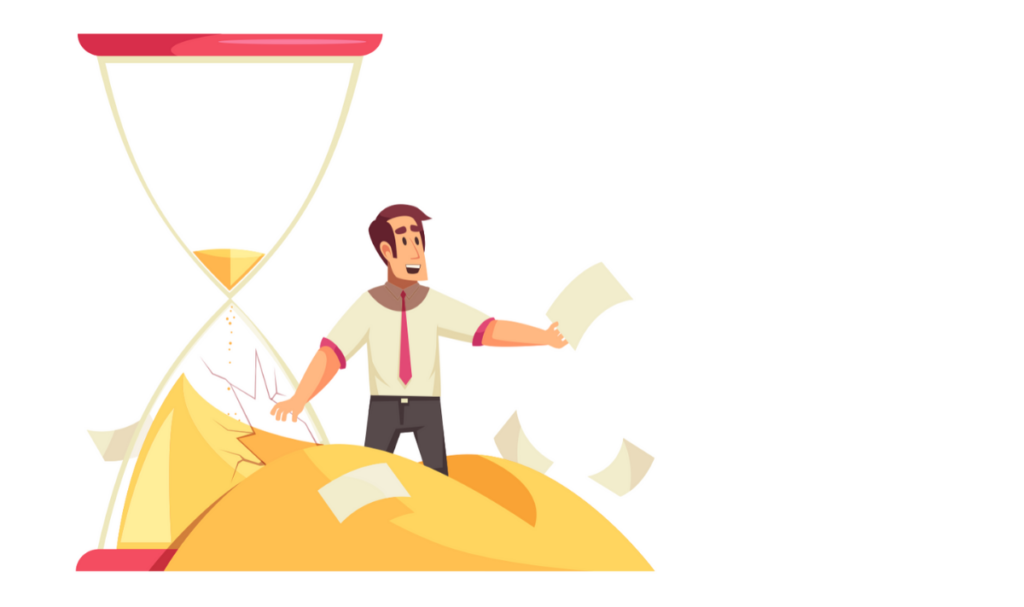
SEO vs. PPC: How to Get Started
The difference between SEO and PPC is the difference between renting and owning a home. It costs more to buy a house, but people do it because they’re making long-term plans and want something that will last.
And because they can. People who can’t make that investment still need a roof, so they rent: It’s a smaller investment now, but it serves its immediate purpose. If they stop paying rent, the roof goes away, but some people prefer to rent indefinitely anyway.
How to balance your company’s investment in SEO vs. PPC comes down to your marketing goals: immediate and long-term.
If your site doesn’t appear on the top half of Page 1 for relevant queries, you need SEO. You’ll still need a budget, but the cost will be lower with a long-term benefit. Consulting with a company that produces measurable, reliable SEO growth is the best way to start the process in real-time.
If you need immediate exposure and brand awareness, you may need to bite the bullet and generate some PPC ads to get your feet wet.
When you’re ready to move forward with SEO, set up a free, one hour consultation to demonstrate what you can do and how Profound Strategy can help. SEO has evolved dramatically in recent years, and our team has created growth for our clients and partners through all of it. We’d love to do the same for you.
